The Second Time Around, There Was Arsenal Street High School…
The predecessor to the school that opened in 1916, which most are familiar with, was built only 60 years prior in 1857. Arsenal Street high school, as it’s referenced here to distinguish between the two, was located on the same parcel of land on the northeast corner of Massey and Arsenal Streets, known then as “Madison Square,” the school would actually be the second built there.
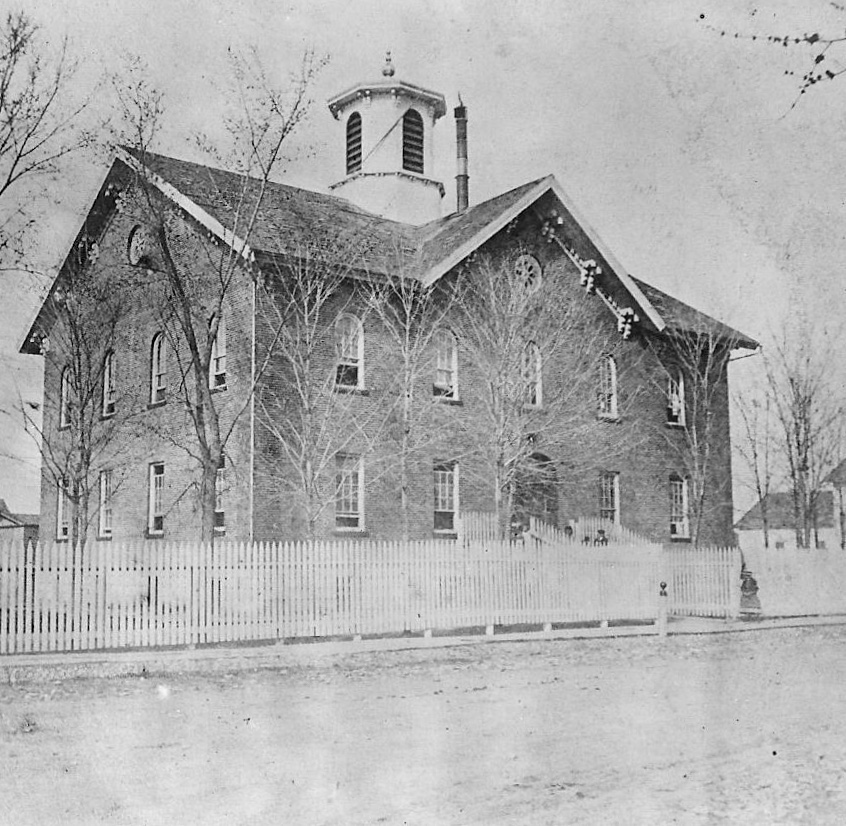
As the Watertown Daily Times reported in one of their “Old Watertown and Vicinity Photos” articles–
In the early village days of Watertown three school districts were established, of which No. 2 was at the corner of Arsenal Street and “Madison Square,” the site being the same as that of the (then) present school. The little school building was enlarged at times until 1856 when a new building of brick with white, octagonal cupola, was erected. An addition was built in 1871 and in 1883 the building was remodeled and another addition constructed.
This helps to solve the mystery of the photo above, which until recently, was unidentified. Upon reading the Old Watertown and Vicinity Photos article with the accompanying photo, the building in its initial years, this photo being in the 1860s most likely, one can see the relationship to the older versions after the additions.
What was confusing is the original structure had its entrance on Arsenal Street, whereas later it was changed to fronting Massey Street, which matches the number of four windows from that side versus the five as shown below. Also, the design of the round window (or design) near the apex of the roof is consistent with all versions.
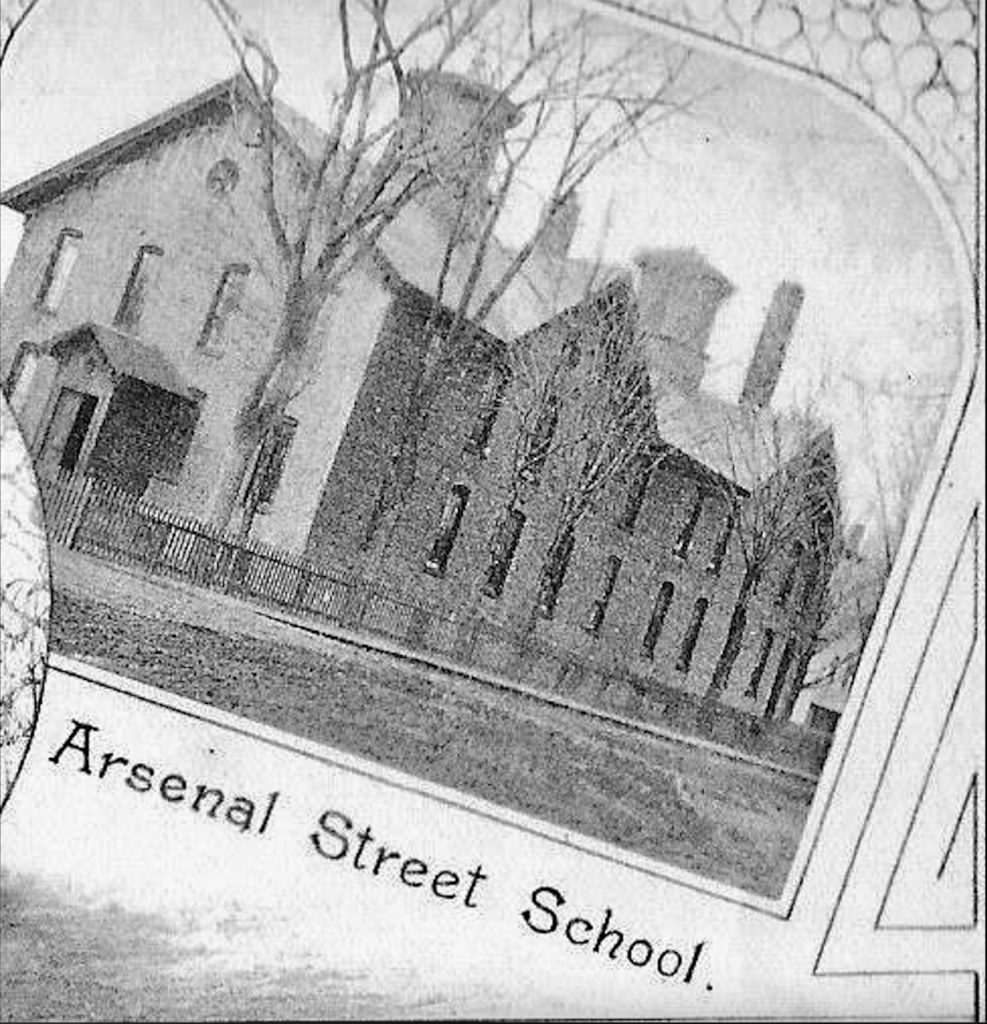
In 1871, the Arsenal Street High School was enlarged and hold approximately 500 students in three divisions: primary, junior, and senior. In the March 14, 1872 edition of the Watertown Daily Times, an article described the typical scene as follows:
The building is therefore none too large for the accommodations required, and resembles, when in full operation a large bee hive. The facilities for ingress and egress are not sufficient, there being, we believe, but one entrance to the building.
When the “noble five hundred” leave the building at noon or at night, the street resembles a convention of Lilliputians, and were it not for the military exactness of the march required, there would be such a getting down the stairs as would result in black eyes and broken bones, for little people are generally in a great hurry to get away from the school room, no matter how much time is allowed.
Upon entering the building we were re-convinced that the superintendent of our schools is a truthful man, for the ventilation throughout the building is wretched, heat being furnished in great abundance by mammoth coal stoves, near which pupils are obliged to sit for want of better places, to study and recite and roast.
Surely, we thought, those little fellows must receive ere long the plaudit of “well done” if they sit near those stoves through the balance of the term. The air in the lower rooms especially, is continually being burned, and parched, and we should think headaches and languor would prevail continually among both teachers and pupils. Not a room in the building has any ventilating apparatus, and so we ventilate the fact here.

In 1883, the school would undergo another round of expansion. Six years later, the population swelling on the North Side would strain resources, particularly with the Bradley Street School in so much that its entire third grade would be moved to the Arsenal Street school.
It would be three more years of struggle for the North Side before the new Mead Street School would replace the Bradley Street School. The further-away Pearl Street School would open a year prior in 1888, though neither school nor the additional building at the Cooper Street School in 1890 would do much to alleviate the growing pains on the city’s North Side.

In 1912, the city school district would surpass 5,000 total students with a total of 5,007. Frank Tisdale, superintendent of schools, would make recommendations to replace the Arsenal Street School with a modern structure to serve as a central grammar school for the eighth grades of the Arsenal and Boon Street Schools, as well as transferring the advanced grades of the Mead Street School due to the continuous population growth on the North Side.
As one might expect when razing an old school and building a new one in its place, overcrowding again became a hot topic as students awaiting the new Arsenal Street School would be sent to the Lansing Street and Cooper Street Schools in 1914/1915 and the spring of 1916. The new Arsenal Street School would open in the fall of 1916.

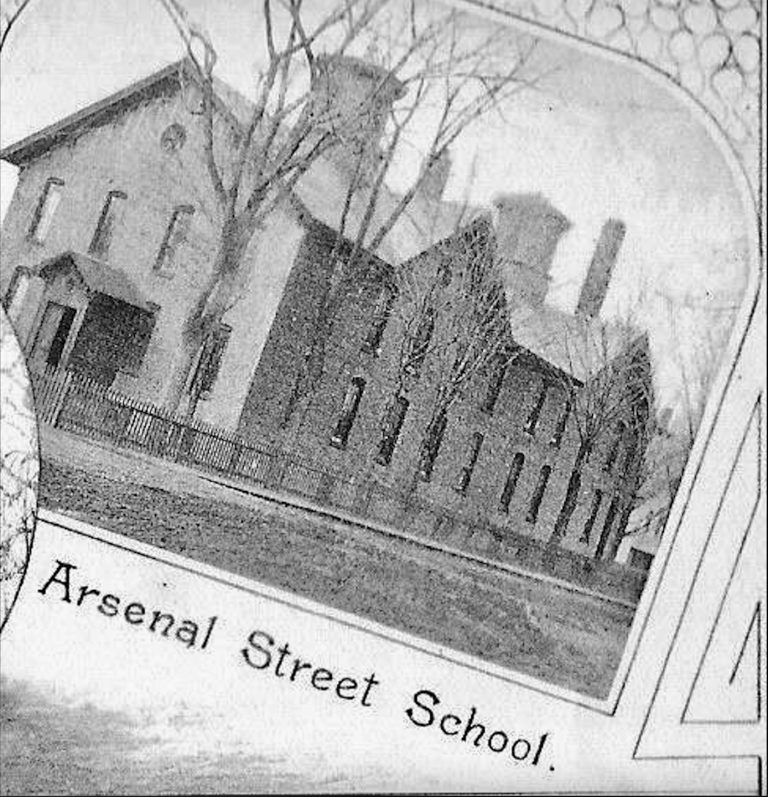
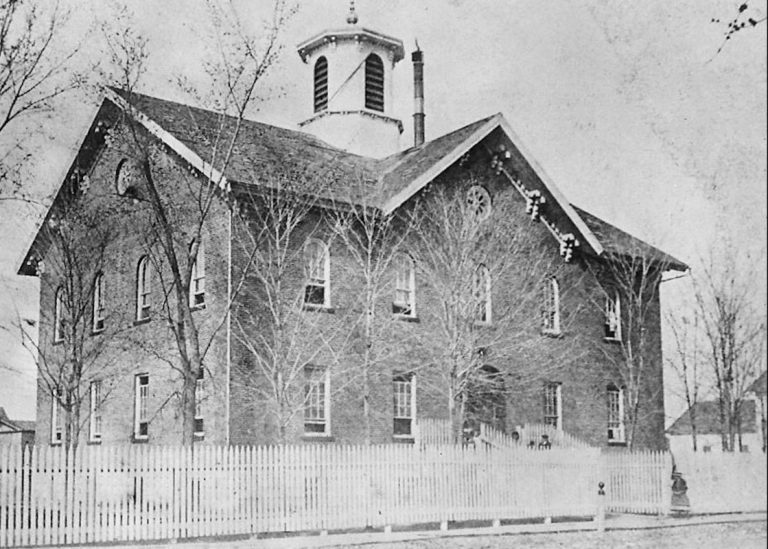
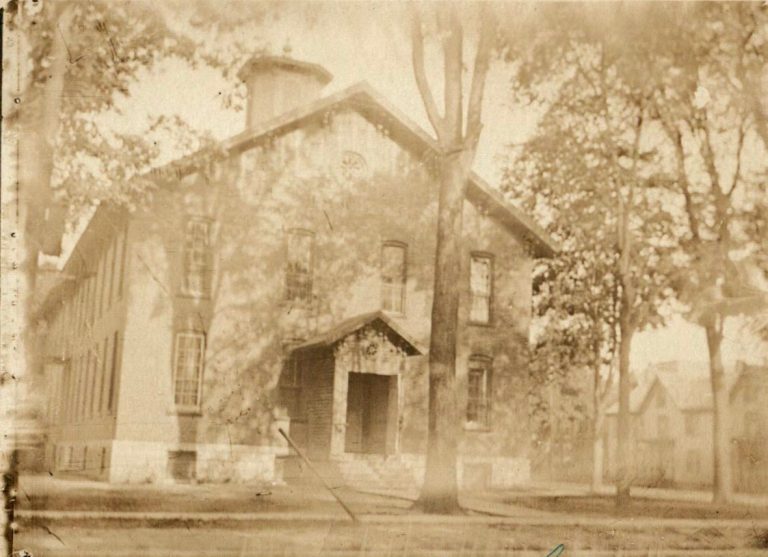
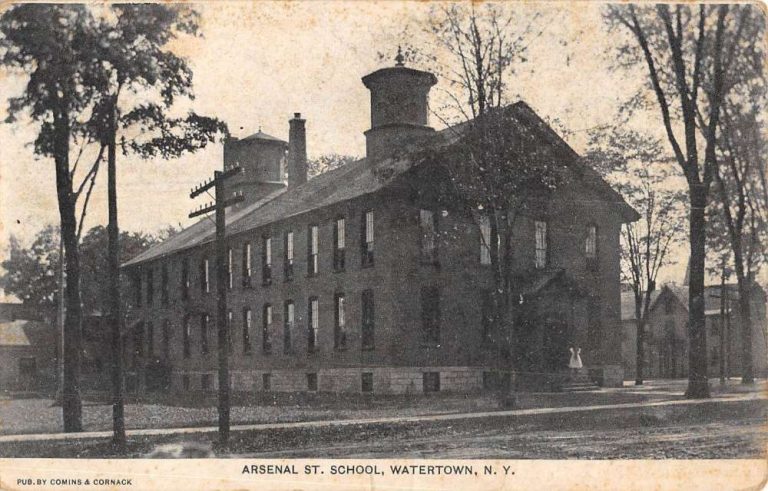
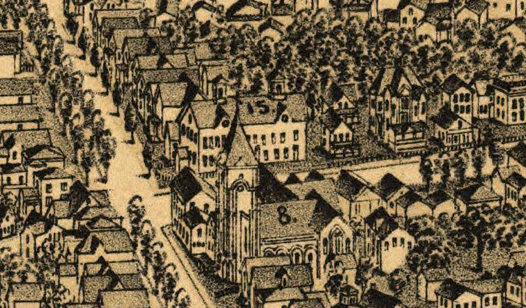
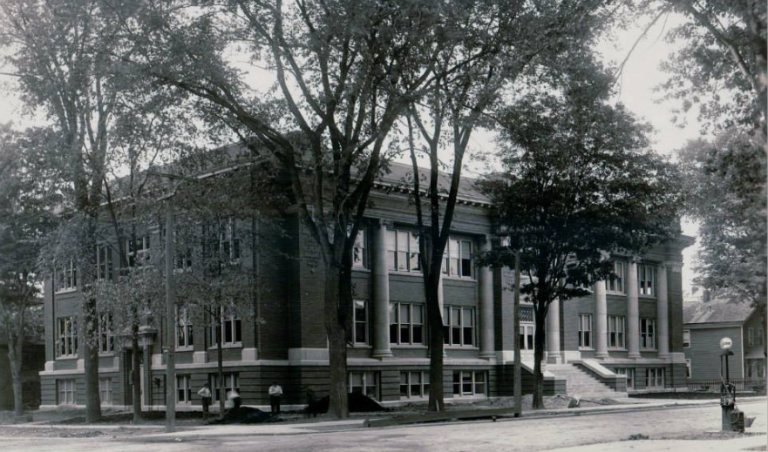
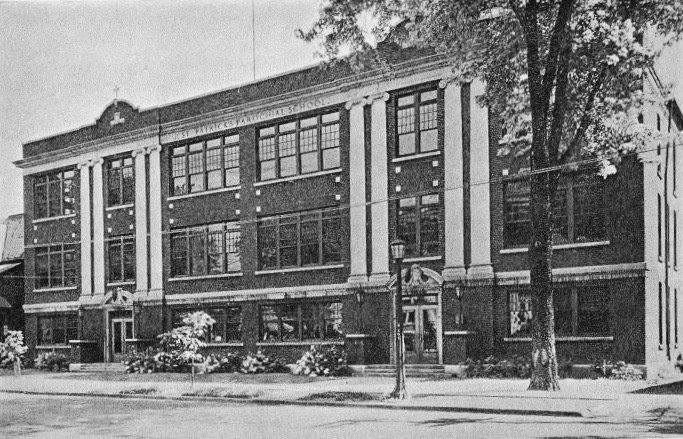


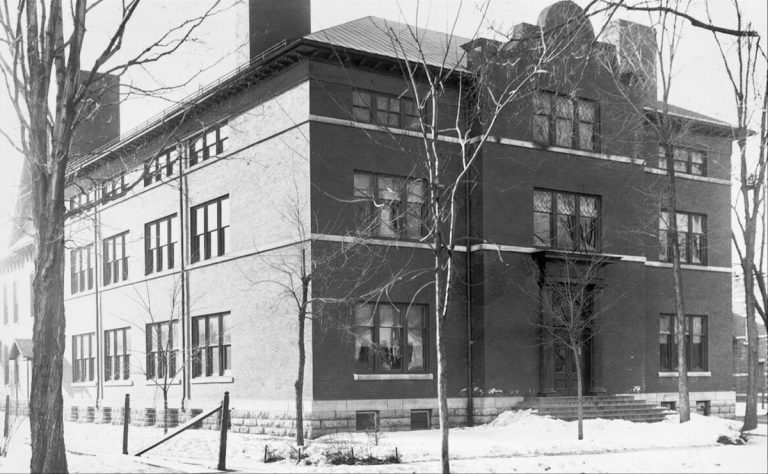


1 Reviews on “Arsenal Street High School (1856 – 1915)”
Very interesting! At one time I would walk around that school nightly.